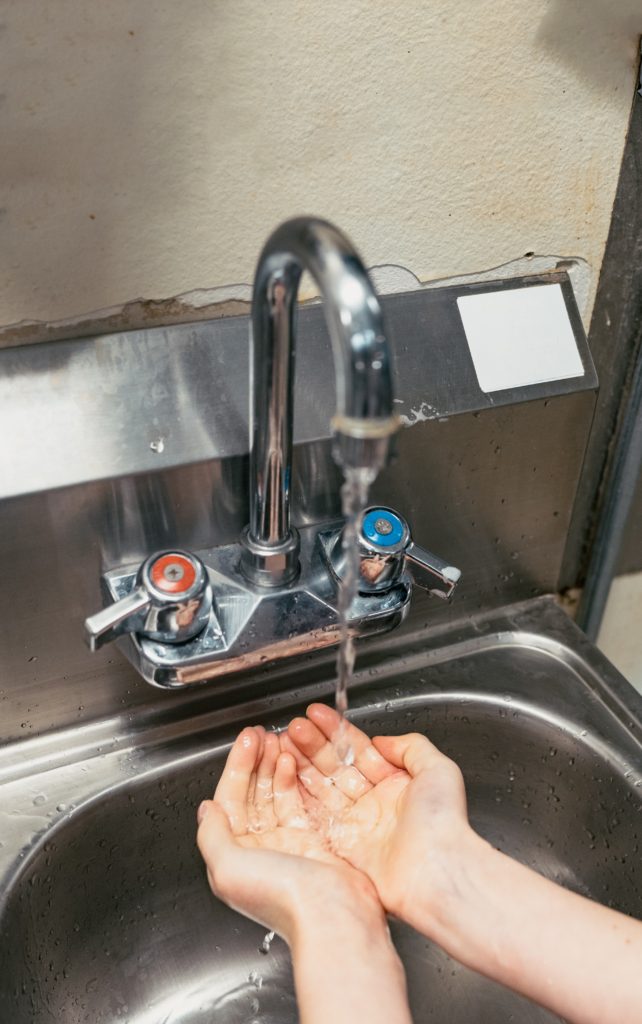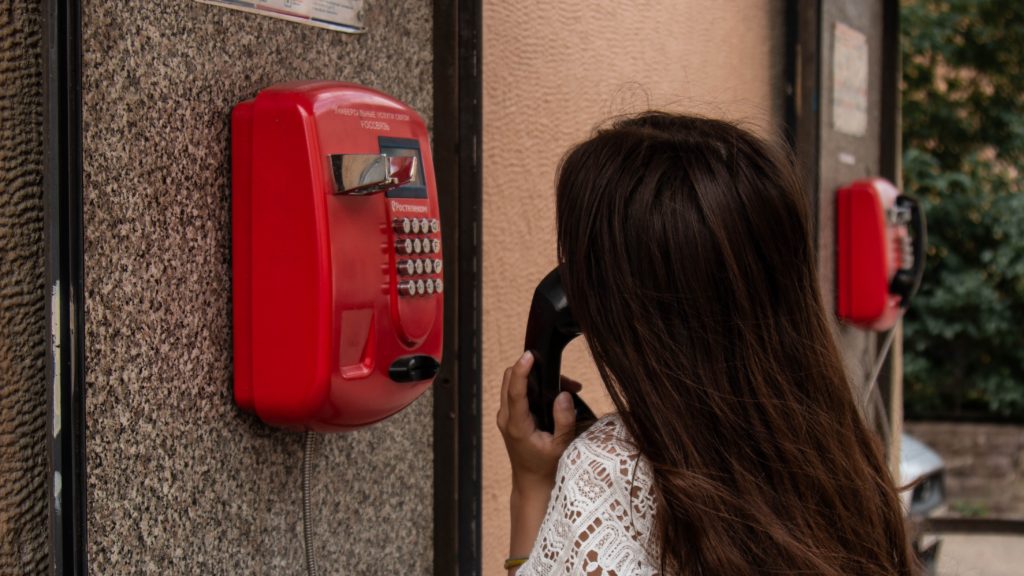
Whether you’re ill with COVID-19, or think you may have it, take the steps below to help protect other people in your home and community.
Stay home
- People who have a mild COVID-19 condition will recover at home. Do not leave, except to seek medical attention. Should not pay a visit to public places.
Separate yourself from others at home, this is known as home insulation
- You must live in a designated “sick room” as much as possible, preferably away from other people in your house. If available, use a separate toilet.
Call ahead before visiting your doctor
- If you have a medical appointment, call your physician’s office or emergency room to inform them you have COVID-19 or could have it. This will help the office and other patients protect themselves.
Wear a facemask

- If you are sick: You should wear a facemask while you are with others and when joining the office of a health care provider.
If possible, put on a facemask before you enter the building. If you can’t put on a facemask, try to keep a safe distance from other people (at least 6 feet away). This will help protect the people in the office or waiting room. - If you are caring for others: If the person who is sick is not able to wear a facemask (for example, because it causes trouble breathing), then people who live in the home should stay in a different room. When caregivers enter the room of the sick person, they should wear a facemask. Visitors, other than caregivers, are not recommended.
Cover your coughs and sneezes
- Cover your mouth and nose with a tissue when you cough or sneeze.
- Throw used tissues in a lined trash can.
- Instantly wash your hands with at least 20 seconds of soap and water. If soap and water are not available, use an alcohol-based hand sanitizer that contains at least 60 % alcohol to clean your hands.
Clean your hands often

- Wash your hands often with soap and water for at least 20 seconds. This is especially important after blowing your nose, coughing, or sneezing; going to the bathroom; and before eating or preparing food.
- If soap and water are not available, use an alcohol-based hand sanitizer with at least 60% alcohol, covering all surfaces of your hands and rubbing them together until they feel dry.
- Soap and water are the best option, especially if hands are visibly dirty.
- Avoid touching your eyes, nose, and mouth with unwashed hands.
Don’t share personal household products
- Do not share dishes, drinking glasses, cups, eating utensils, towels, or bedding with other people in your home.
- After using these items, wash them thoroughly with soap and water.
Clean all “high-touch” surfaces everyday
- Routinely clean high-touch surfaces in your “sick room” and bathroom. Let someone else clean and disinfect surfaces in common areas, but not your bedroom and bathroom.
- High-touch surfaces include phones, remote controls, counters, tabletops, doorknobs, bathroom fixtures, toilets, keyboards, tablets, and bedside tables.
Monitor your symptoms
- Seek medical attention, but call first: Seek medical care right away if your illness is worsening (for example, if you have difficulty breathing).
- Follow care instructions from your healthcare provider and local health department: Your local health authorities will give instructions on checking your symptoms and reporting information.
How to discontinue home isolation
If you will not have a test to determine if you are still contagious, you can leave home after these three things have happened:
- You have had no fever for at least 72 hours (that is three full days of no fever without the use medicine that reduces fevers)
- Other symptoms have improved (for example, when your cough or shortness of breath have improved)
- At least 7 days have passed since your symptoms first appeared
If you will be tested to determine if you are still contagious, you can leave home after these three things have happened:
- You no longer have a fever (without the use medicine that reduces fevers)
- Other symptoms have improved (for example, when your cough or shortness of breath have improved)
- You received two negative tests in a row, 24 hours apart.
Content source: National Center for Immunization and Respiratory Diseases (NCIRD), Division of Viral Diseases




